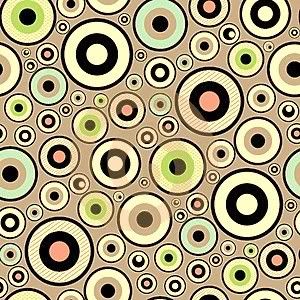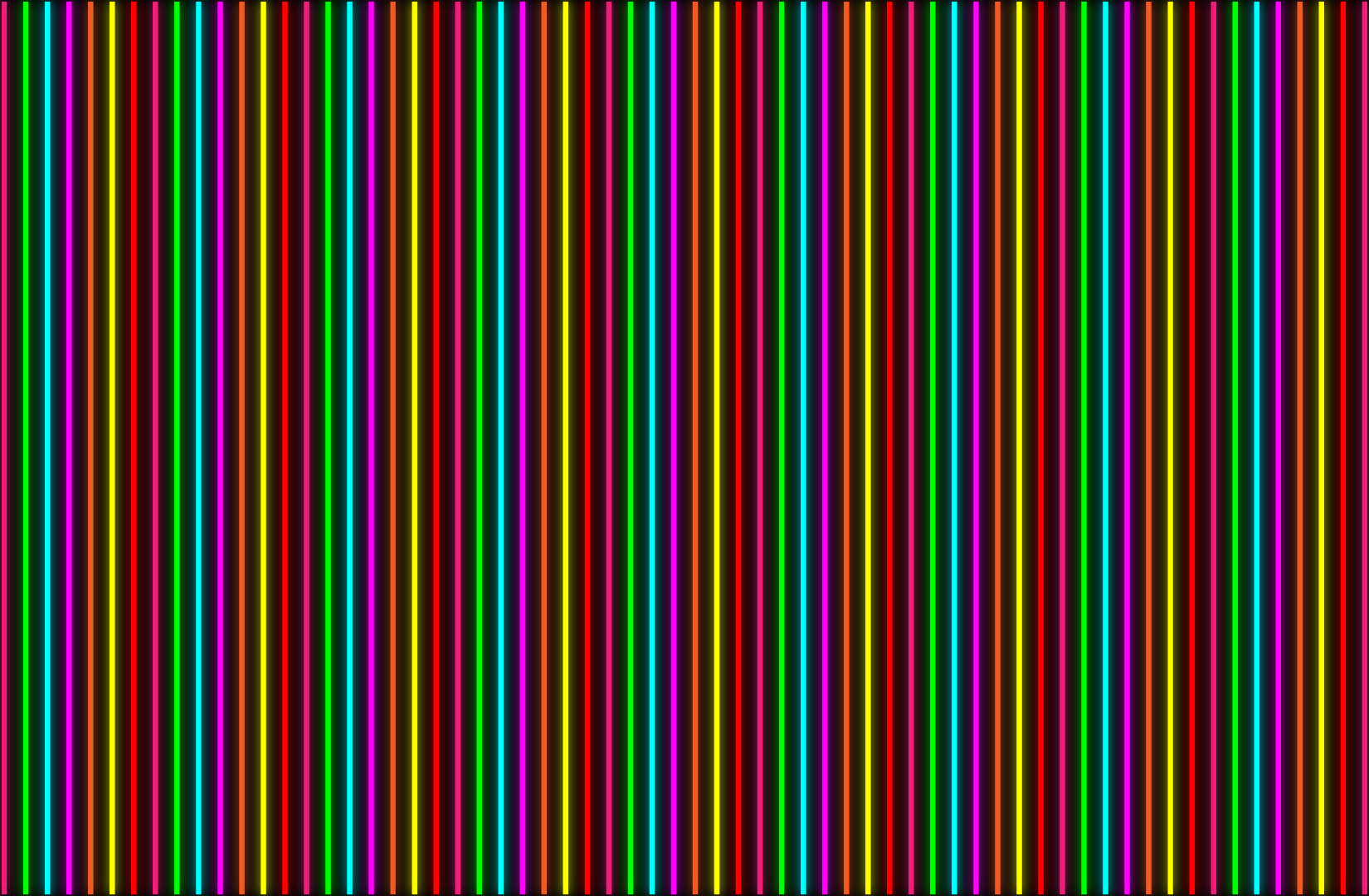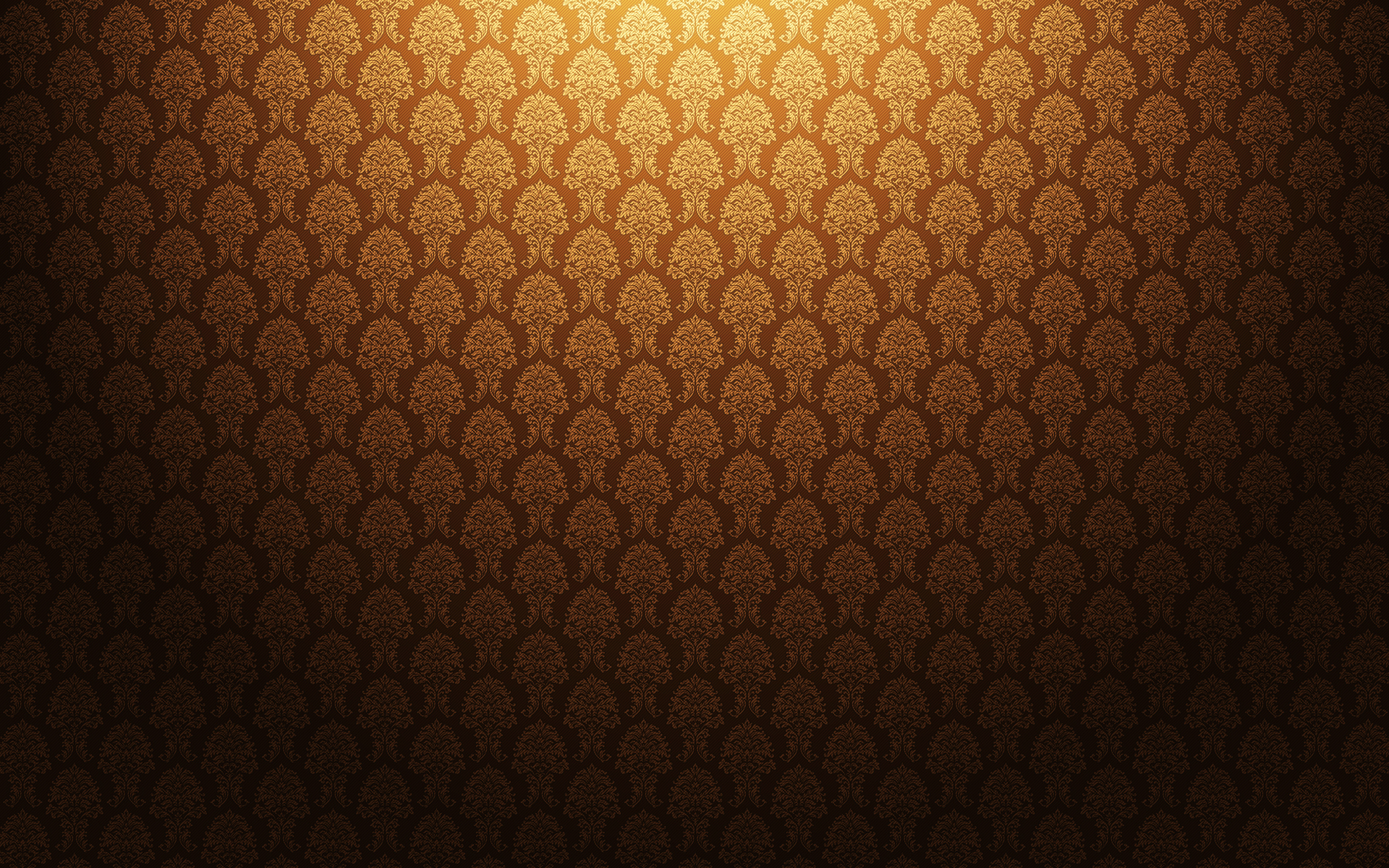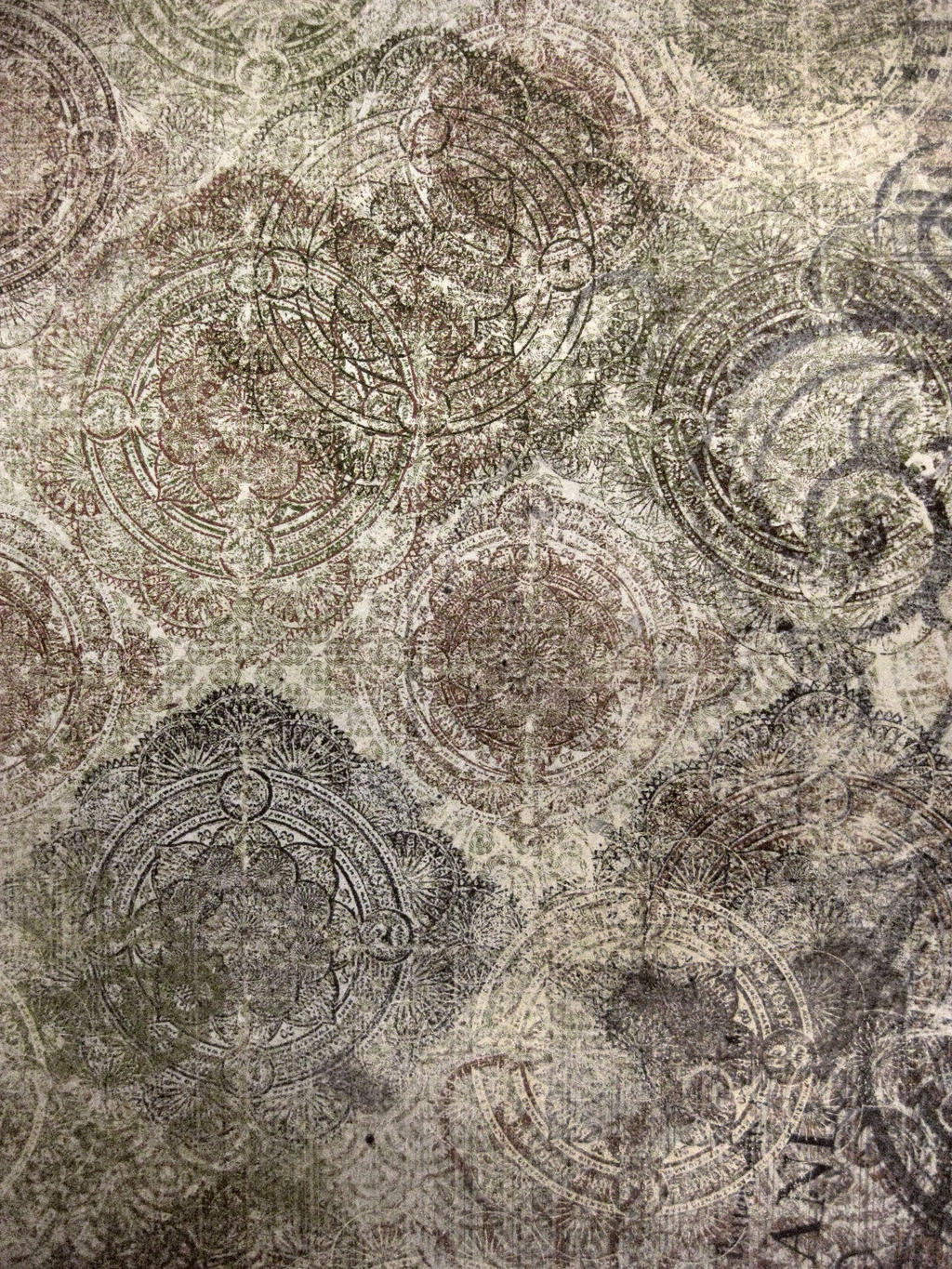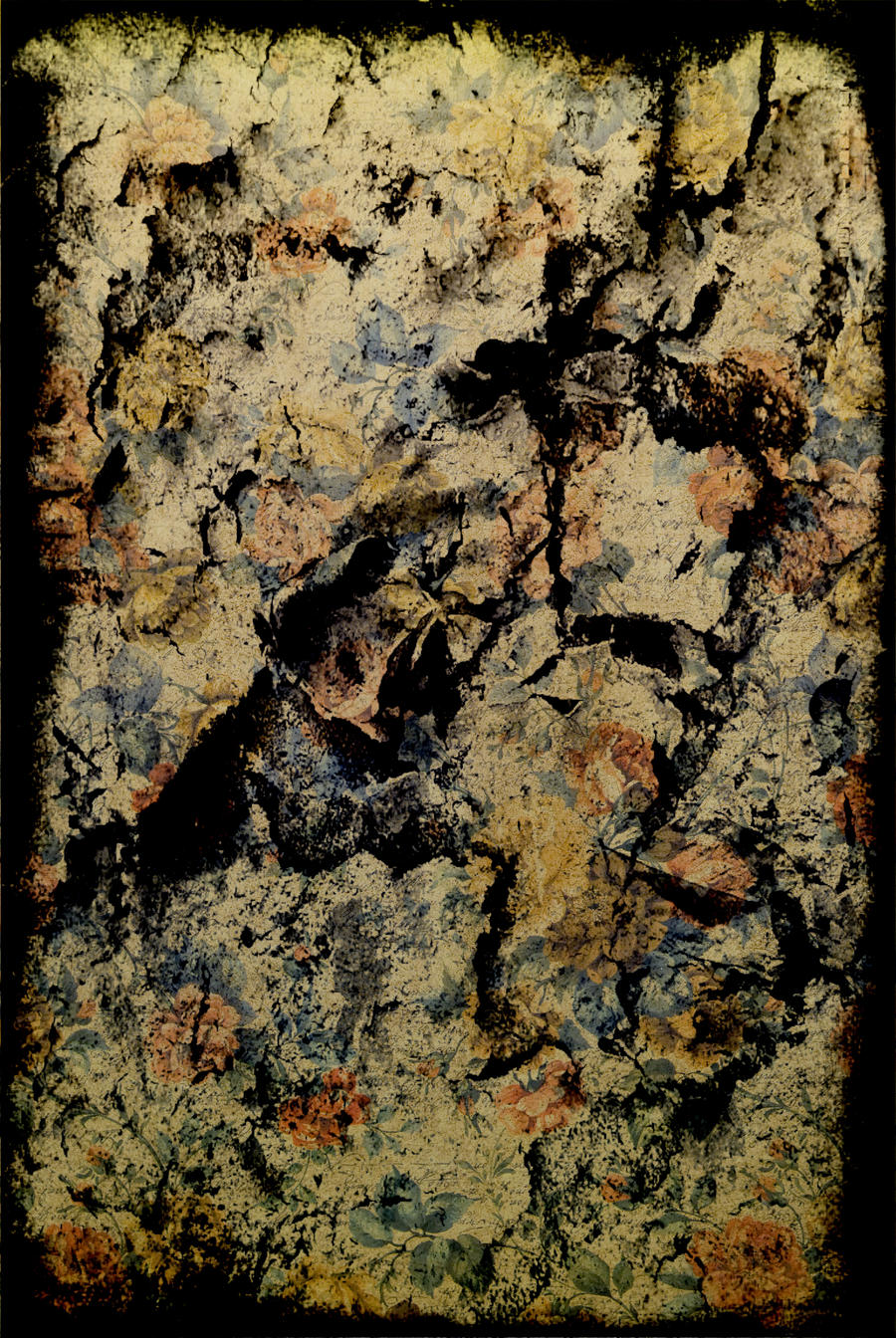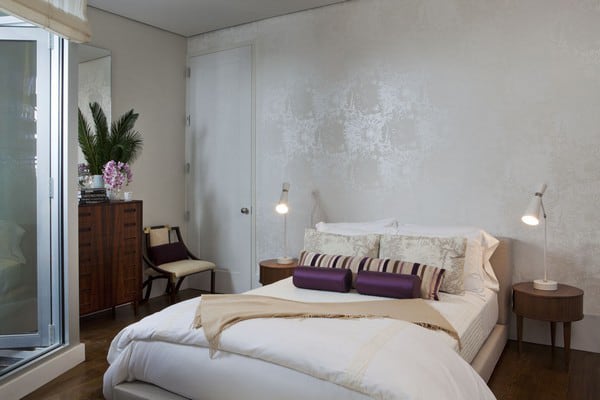Green Wallpaper Biography
Wallpaper is a kind of material used to cover and decorate the interior walls of homes, offices, and other buildings; it is one aspect of interior decoration. It is usually sold in rolls and is put onto a wall using wallpaper paste. Wallpapers can come plain (so that it can be painted), textured (such as Anaglypta), or with patterned graphics.
Wallpaper printing techniques include surface printing, gravure printing, silk screen-printing, rotary printing, and digital printing. Mathematically speaking, there are seventeen basic patterns, described as wallpaper groups, that can be used to tile an infinite plane. All manufactured wallpaper patterns are based on these groups. A single pattern can be issued in several different colorways.


.jpg)
.jpg)




Wallpaper is a kind of material used to cover and decorate the interior walls of homes, offices, and other buildings; it is one aspect of interior decoration. It is usually sold in rolls and is put onto a wall using wallpaper paste. Wallpapers can come plain (so that it can be painted), textured (such as Anaglypta), or with patterned graphics.
Wallpaper printing techniques include surface printing, gravure printing, silk screen-printing, rotary printing, and digital printing. Mathematically speaking, there are seventeen basic patterns, described as wallpaper groups, that can be used to tile an infinite plane. All manufactured wallpaper patterns are based on these groups. A single pattern can be issued in several different colorways.
Green Wallpaper

Green Wallpaper

Green Wallpaper
.jpg)
Green Wallpaper
.jpg)
Green Wallpaper

Green Wallpaper

Green Wallpaper

Green Wallpaper

Speed Art - Green Desktop Wallpaper / Vexon Entry
Video Wallpapers - Particle Animation Cool Blue Green Purple

